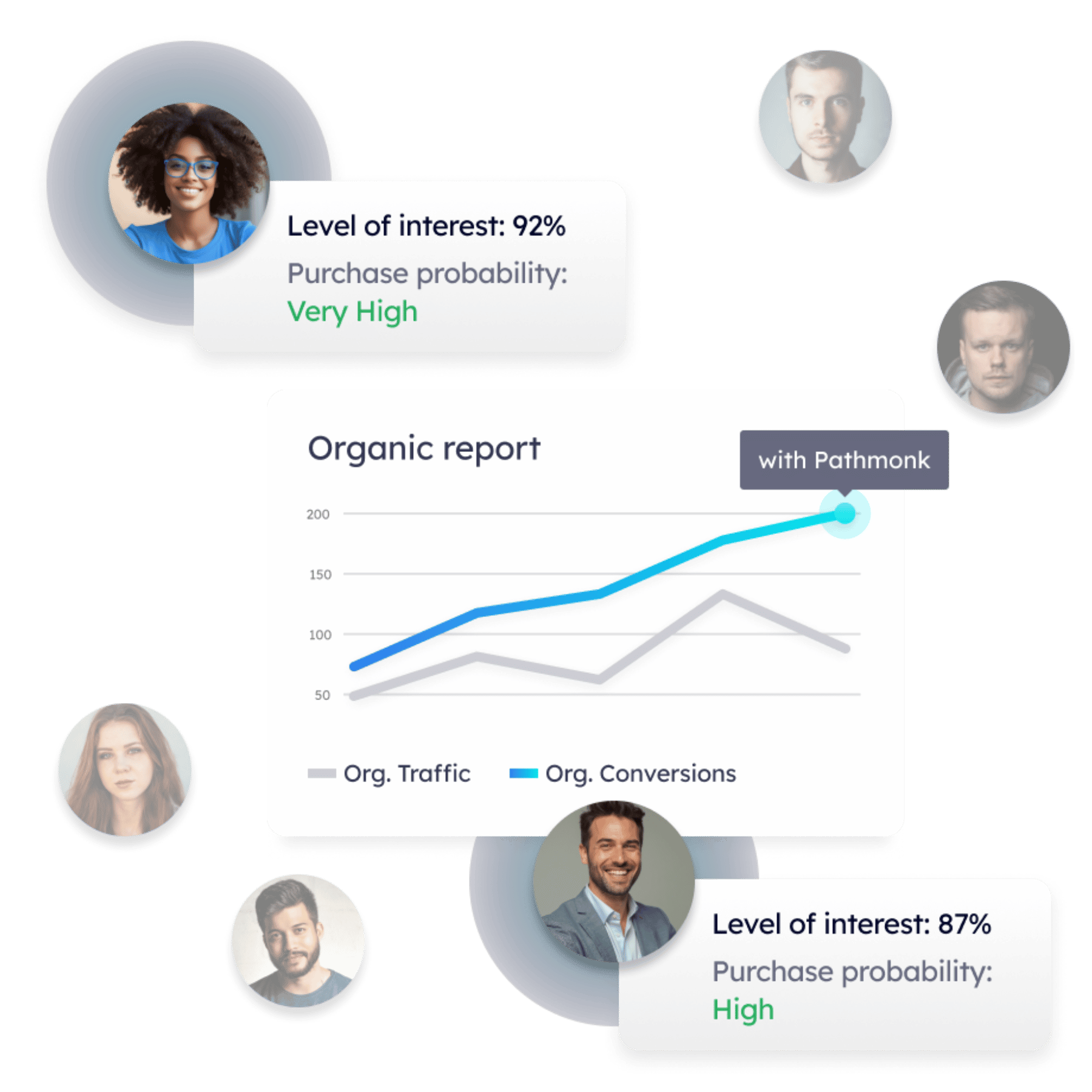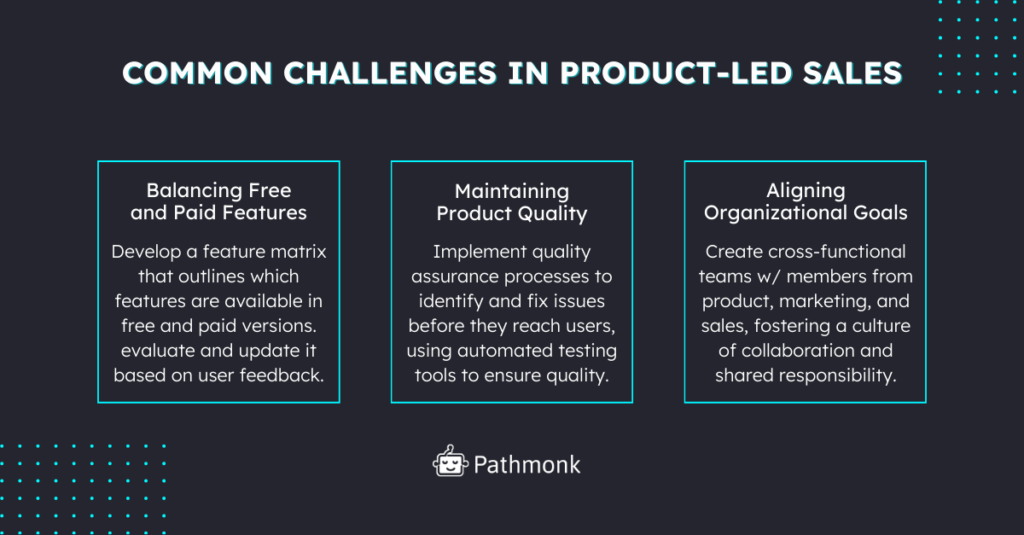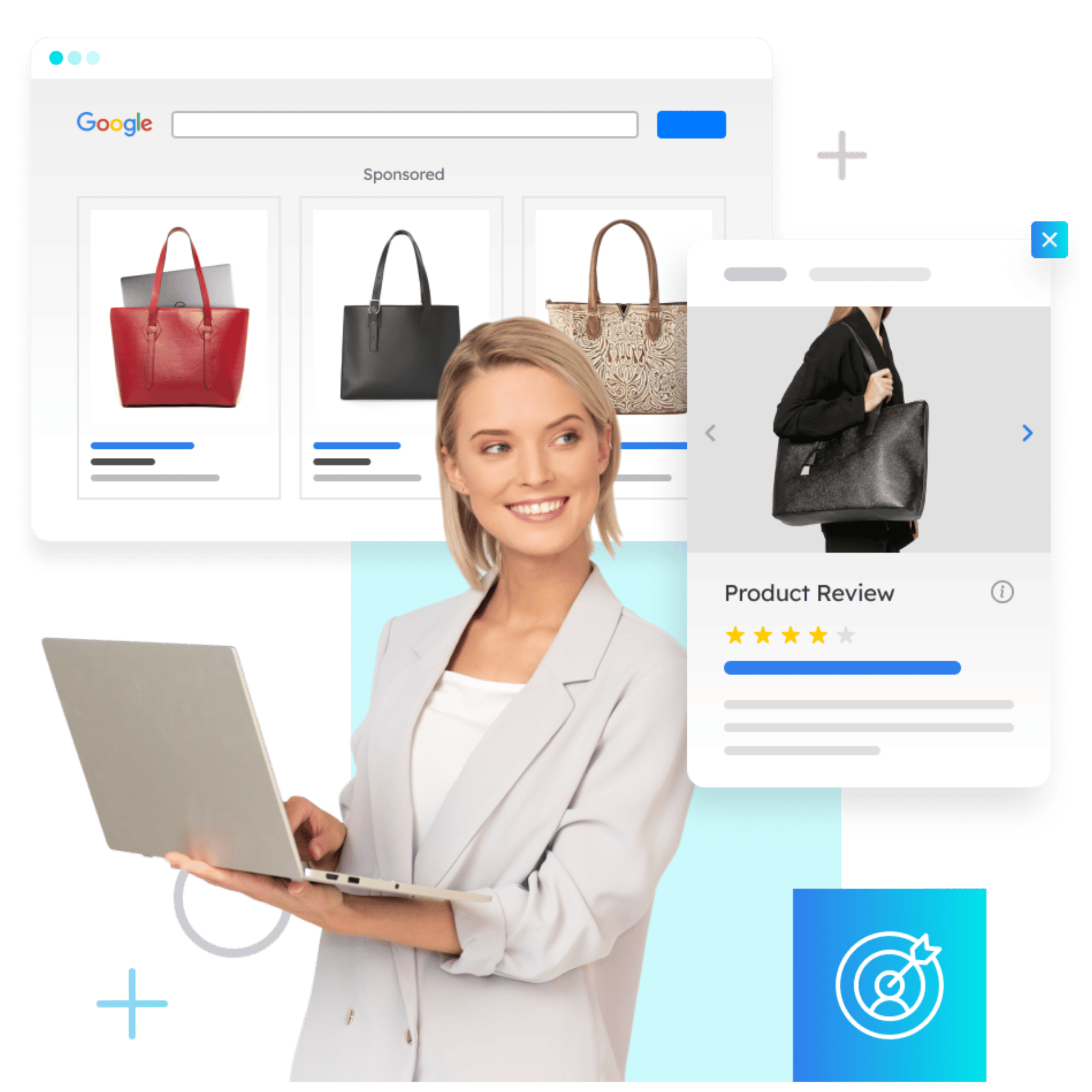
Let’s face it: growing a startup can feel like constantly fighting an uphill battle. Traditional sales tactics often feel outdated and unfit for the accelerated reality of startups. Product-Led Sales (PLS), also known as product-led growth, transforms your product from a simple offering to the centerpiece of your growth engine.
According to OpenView Partners, companies adopting product-led growth strategies can grow up to 30% faster than those sticking to conventional methods. That’s not just a marginal gain; it’s the difference between treading water and riding a speedboat.
If you’re looking to take your startup to new heights, buckle up. We’re going deep into why and how you should leverage product-led models for accelerated growth.
Table of Contents
Product-Led Sales for Startups
Product-Led Sales (PLS) represent a fundamental shift in how companies acquire, convert, and retain customers. To leverage PLS effectively, you need a detailed and tactical approach that aligns with your startup’s dynamics.
Designing a Compelling Product Experience
At the heart of PLS is a product that speaks for itself. This means prioritizing user experience (UX) and ensuring your product delivers tangible value from the first interaction. Start with deep user research to understand your target audience’s needs, preferences, and pain points. Develop user personas to guide your design and feature prioritization, ensuring every aspect of your product is tailored to meet these specific needs.
An intuitive onboarding process is crucial. Map out the user journey from the first touch to full activation, using tools like user journey maps to visualize and optimize this process. Implement progressive onboarding to avoid overwhelming new users with too much information at once. Your onboarding flow should highlight the product’s core benefits and guide users towards key actions that demonstrate its value.
Free on-page SEO template
Improve your rank and website traffic with this step-by-step guide to on-page SEO.

Additionally, a value-driven design is essential. Focus on features that address the core problems your users face. Regularly conduct usability testing to identify and fix UX issues, ensuring your product remains user-friendly. Utilize product analytics tools to track user behavior and identify drop-off points. Continuous iteration based on data-driven insights will keep your product experience compelling and relevant.
Implementing a Freemium Model
The freemium model is a cornerstone of PLS, allowing users to experience the product without financial commitment, thereby lowering the barrier to entry. Start by segmenting your features to determine which ones provide the most value and can be offered for free. Core functionalities that solve real problems should be included in the free version, while advanced features can drive users to upgrade.
Communicating the value of both free and premium features is critical. Use in-product messaging and marketing materials to highlight the benefits of upgrading. Implement in-app prompts and notifications strategically, encouraging users to move to paid plans without being intrusive. Tracking conversion rates from free to paid users will help you understand the effectiveness of your freemium model and identify areas for improvement.
To optimize this model, A/B testing different configurations of free and paid features is essential. By analyzing test results, you can determine which setups drive the most upgrades and adjust your offerings accordingly. This iterative approach ensures that your freemium model remains effective in converting users.
Leveraging In-Product Triggers
In-product triggers are subtle nudges that guide users towards deeper engagement and, eventually, conversion. To use them effectively, start by implementing behavioral tracking to understand how users interact with your product. Identify key moments when users are most likely to consider upgrading and place contextual prompts at these strategic points.
Usage thresholds are another effective trigger. Implement limitations on the free version that users can overcome by upgrading, such as usage caps or feature restrictions. Personalize these triggers using data to tailor messages based on user behavior and needs. This ensures that upgrade prompts are relevant and compelling.
Technical Steps to Accelerate Startup Growth with Product-Led Sales
Transitioning to a PLS approach involves several technical steps. Here’s a breakdown of how to implement PLS effectively:
Data-Driven Insights
Utilizing data analytics to understand user behavior and refine your product is paramount. Key metrics to track include user engagement, conversion rates, and churn rates. Implement analytics tools to track user behavior and set up event tracking for key actions within your product.
After defining the most important metrics to your business, create dashboards to visualize these metrics. Conduct cohort analysis to understand user behavior over time and identify patterns, and segment users based on their actions to analyze how different segments perform. Regular reporting and sharing insights with your team will guide product development and marketing strategies effectively.
Building a Self-Service Model
A self-service model empowers users to explore and adopt your product independently. Create a comprehensive knowledge base with detailed documentation, tutorials, and FAQs. Provide interactive product demos that allow users to explore key features at their own pace. Pathmonk is the perfect example of why product interactive demos are so important. You can test it out here.
Building an online community where users can share tips, ask questions, and find solutions is also valuable. Use platforms like Discourse or Reddit to host your community, fostering a sense of collaboration and shared knowledge among users. Implement self-service support options such as chatbots and AI-driven help desks to handle common queries and issues, using tools like Drift or Intercom for automated support.
Seamless Integration and APIs
Ensure your product integrates seamlessly with other tools and platforms your customers use. Develop robust APIs that allow for easy integration with third-party applications, using RESTful or GraphQL APIs for flexibility and ease of use. Form strategic partnerships to enhance your product’s ecosystem and work with partners to develop and promote joint solutions.
Provide clear documentation and guides to help users integrate your product with their existing workflows. Offer support to assist users with integration issues and create an app marketplace where users can find and install integrations. Promote your marketplace to attract developers and partners, expanding your product’s capabilities and reach.
Continuous Product Iteration
Regular updates and iterations based on user feedback are crucial. Adopt agile methodologies to enable rapid iteration and improvement, using tools like Jira or Trello to manage your development process. Create beta testing programs to gather feedback on new features and updates, engaging with beta testers to understand their experiences and make necessary adjustments.
Implement feedback loops to continuously gather user feedback, using tools like SurveyMonkey or Typeform to conduct regular user surveys. Actively incorporate user feedback into your product development process, prioritizing improvements that will have the most significant impact on user experience and business outcomes.

Addressing Common Challenges in Product-Led Sales
Every strategy has its challenges, and PLS is no exception. Here’s how to tackle common issues:
Balancing Free and Paid Features
Finding the right balance between free and paid features is crucial. Start by creating detailed user personas to understand the needs and preferences of different user segments. Develop a feature matrix that outlines which features are available in free and paid versions, and continuously evaluate and update this matrix based on user feedback and business goals.
Maintaining Product Quality
Ensuring your product consistently delivers value is essential. Adopt a mindset of continuous improvement, regularly releasing updates that introduce new features and enhancements. Implement comprehensive quality assurance processes to identify and fix issues before they reach users, using automated testing tools to ensure consistent quality.
Aligning Organizational Goals
PLS requires cross-functional collaboration. Develop a clear vision and mission statement that guides your PLS strategy and communicate this vision across the organization to ensure alignment. Create cross-functional teams that include members from product, marketing, and sales, fostering a culture of collaboration and shared responsibility for PLS success.

Scaling with Product-Led Growth Models
Once you’ve implemented PLS, scaling becomes a matter of optimizing and expanding your efforts. Here’s how to scale effectively:
Automation
Automate processes wherever possible to handle growth efficiently. Use marketing automation tools to manage lead nurturing and customer communication, automating email campaigns, social media posts, and other marketing activities.
Implement chatbots and AI-driven support tools to handle cmon queries and issues, using tools like Drift or Intercom to provide automated support. Automate sales processes such as follow-ups and CRM updates to manage your sales pipeline. Automation allows you to scale your operations without sacrificing quality or customer experience.
Expanding the Product
Growing your product offerings to attract and retain more users is key. Start by continuously adding new features based on user needs and market trends, ensuring that your product remains relevant and valuable. Adapt your product to serve different industries or use cases, expanding its applicability and appeal.
Localization is another important aspect of expansion. Adapt your product for different languages and regions, making it accessible to a global audience. This expansion strategy ensures that your product can reach and retain a diverse user base, driving sustained growth.
Advanced Analytics
Using advanced analytics to refine your strategy is essential for scaling. Employ predictive analytics to identify trends and opportunities, allowing you to stay ahead of the curve. Conduct cohort analysis to understand retention patterns and behavior over time, identifying areas for improvement.
A key aspect of advanced analytics is leveraging machine learning algorithms to analyze large data sets and uncover hidden patterns. This can include customer segmentation to identify high-value customer segments most likely to convert or retain. By understanding the characteristics and behaviors of these segments, you can tailor your marketing efforts more precisely and create more personalized user experiences.
Moreover, revenue attribution is another critical aspect of advanced analytics. Track which features and actions contribute most to revenue, prioritizing your efforts to maximize ROI. This involves using sophisticated models to attribute sales and revenue back to specific marketing activities and product features, ensuring that you focus on what truly drives growth.
Enhancing Customer Success
As you scale, maintaining a high level of customer success becomes increasingly important. Invest in building a robust customer success team that can provide personalized support and guidance. Utilize customer success software to track customer health scores and proactively address issues before they lead to churn.
Creating a customer feedback loop is crucial. Regularly gather feedback from your users through surveys, interviews, and direct interactions. Use this feedback to continuously improve your product and customer experience. Happy customers are more likely to become advocates for your product, driving word-of-mouth growth and referrals.
Strategic Partnerships
Forming strategic partnerships can amplify your growth efforts. Partner with complementary businesses to offer bundled solutions that provide additional value to your customers. These partnerships can also open up new distribution channels and customer segments.
Collaborate with industry influencers and thought leaders to increase your product’s visibility and credibility. Influencer partnerships can help you reach a wider audience and build trust with potential customers.
Optimizing Conversion Rates on Product-Led Growth Startups
If you consider that the user will most likely not be in touch with you directly through his entire buying journey, it is crucial that your website experience is optimized to deliver true value. Imagine if you could have one sales assistant for each user, focused only on delivering a personalized experience that will speed up those leads to conversion?

Luckily, with Pathmonk, this is possible. Pathmonk will be your AI-powered assistant that delivers personalized micro-experiences for each user, based on previous behavioral data. With a powerful analytics background, Pathmonk is able to automatically segment on which stage of the buying journey each user is, and deliver the asset that will most likely convert them -such as videos, interactive demos, offerings, and others.
Don’t waste anymore time: achieve an average growth of 50% on your conversion rate. Try out this interactive demo or book a guided tour with one of our specialists today.
Increase +180%
leads
demos
sales
bookings
from your website with AI
Get more conversions from your existing website traffic delivering personalized experiences.

By leveraging Product-Led growth models, startups can reduce customer acquisition costs, shorten sales cycles, and improve customer retention. This approach not only drives growth but also builds a loyal customer base that champions your product.
As you implement and scale your PLS strategy, remember to continuously optimize your offering based on user feedback and data insights, ensuring that your product remains relevant and valuable. The journey may be challenging, but the rewards of a successful PLS strategy are well worth the effort!





